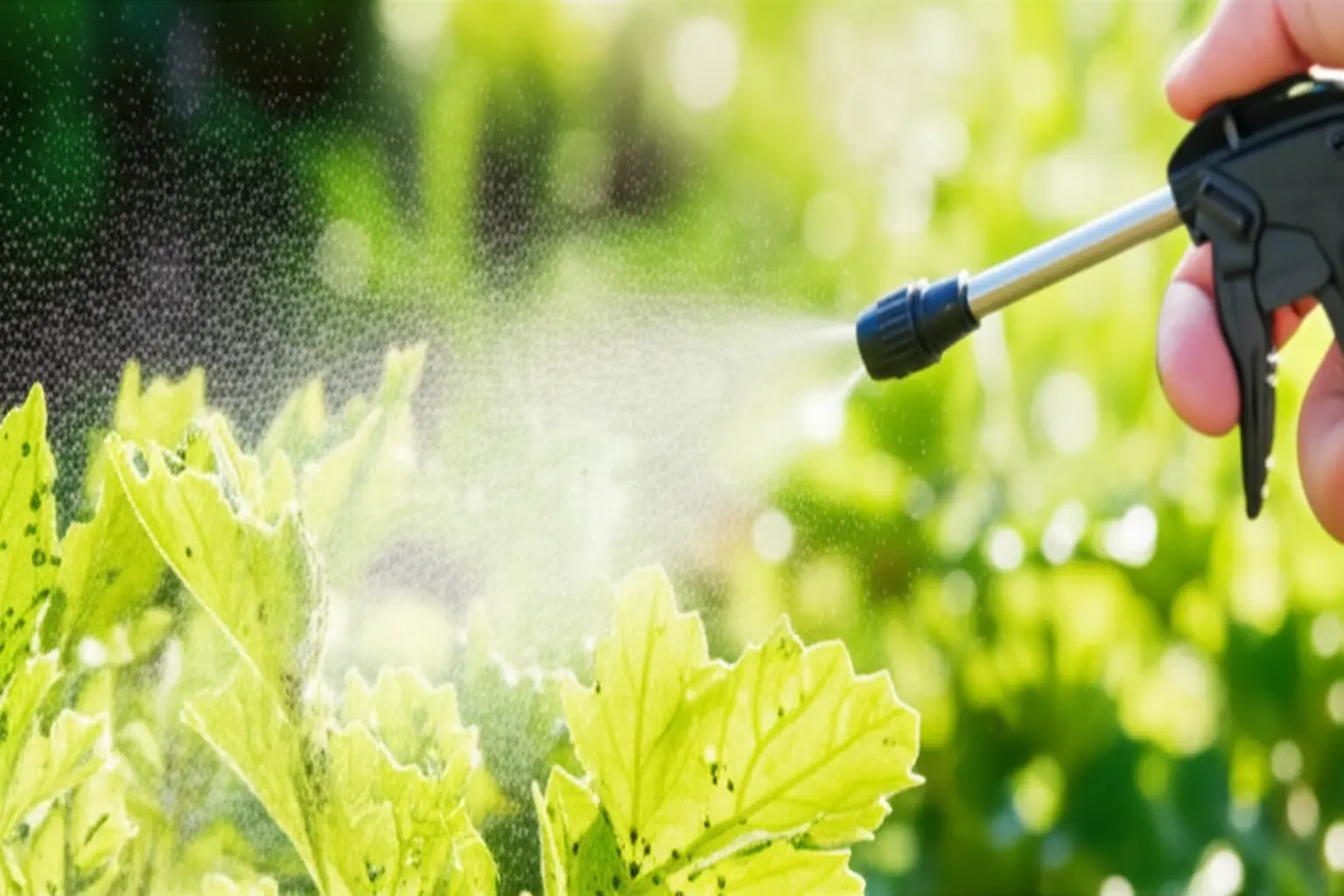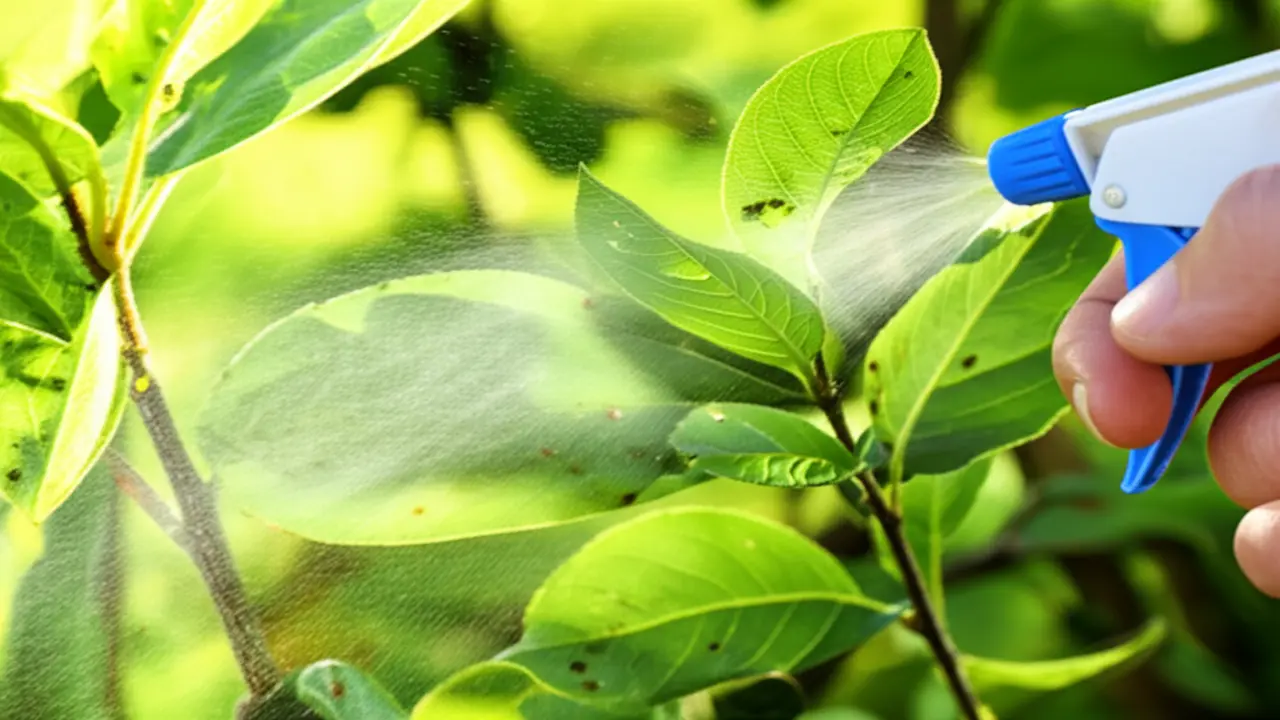
Understanding Horticultural Oils
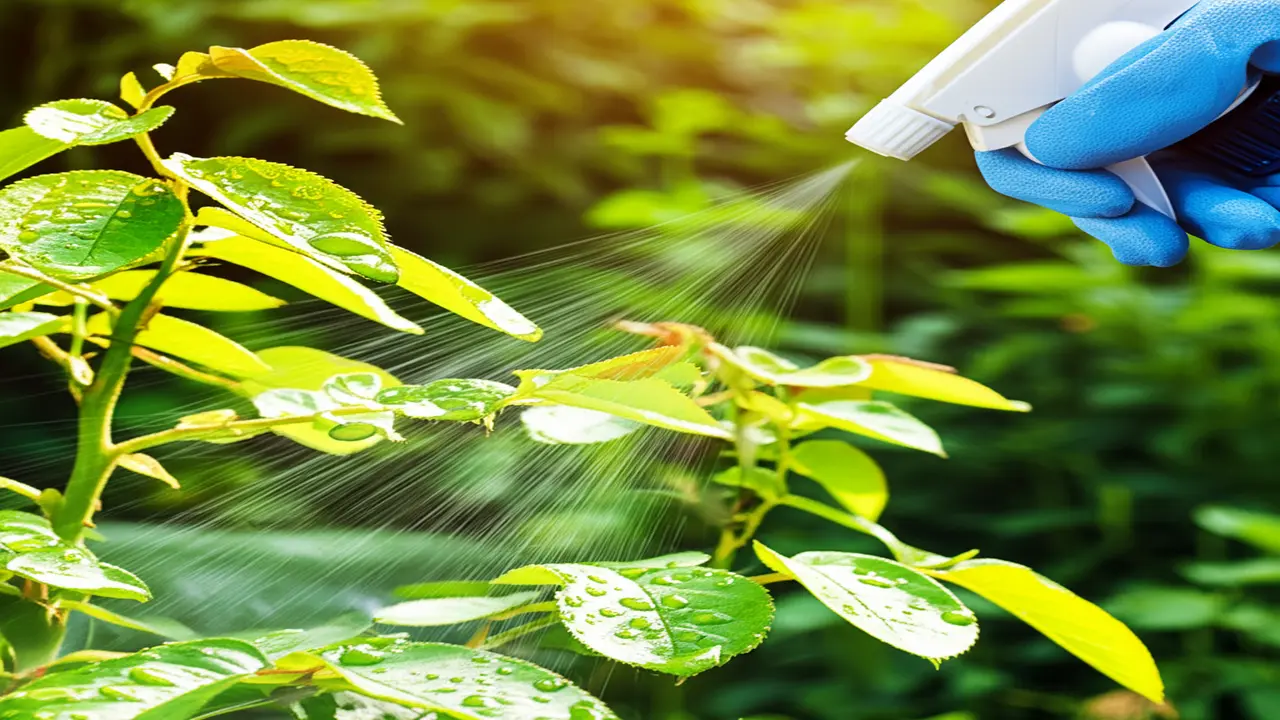
Comprehensive Horticultural Oil Applications
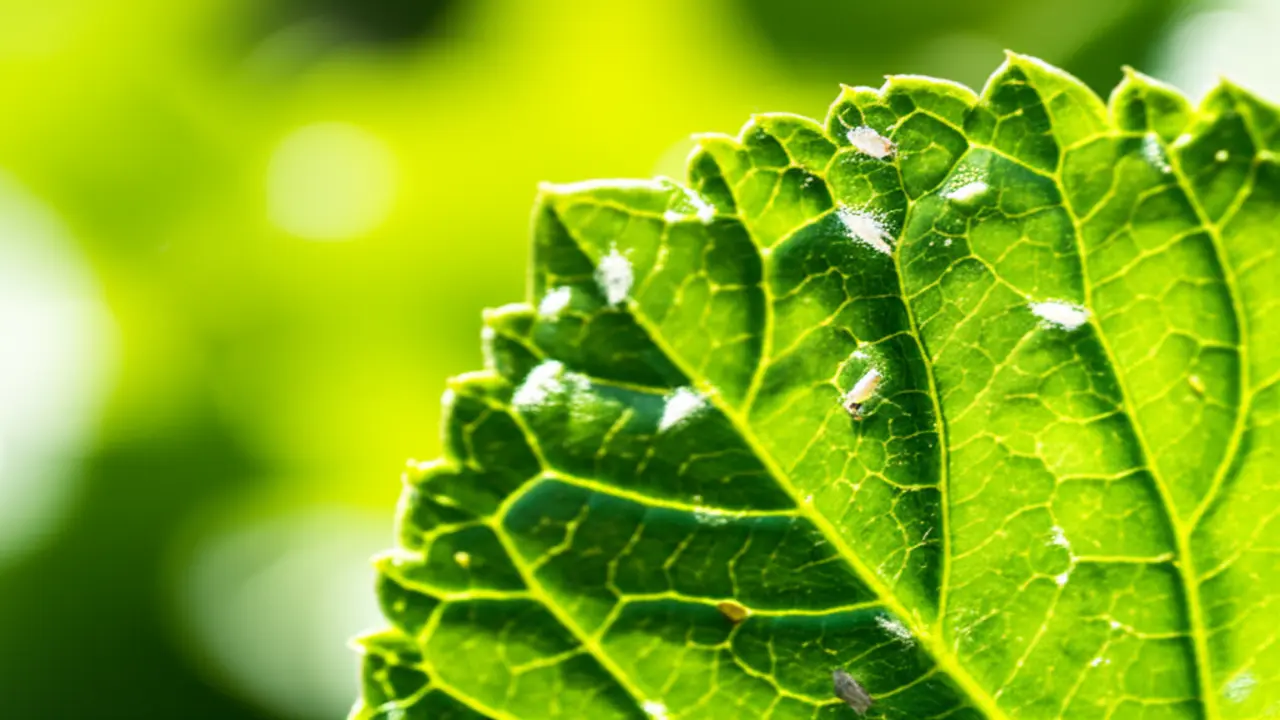
Benefits and Advantages
– Integrated Pest Management (IPM) Fit: Horticultural oils are highly effective within an IPM framework. Unlike many synthetic pesticides that leave long lasting residue, oils work by smothering pests like mites, aphids, and scale insects on contact. This targeted, physical mode of action means they have a minimal impact on beneficial insects that visit the plant later, preserving the natural ecosystem of your garden.
– Environmental and Safety Profile: These oils are biodegradable, breaking down quickly and posing a significantly lower risk to soil and water sources compared to conventional chemical treatments. For the applicator, they represent a safer alternative, although proper timing, such as spraying in the cooler parts of the day, is crucial to protect pollinators and prevent leaf burn.
– Resistance Management: One of the most significant advantages is in preventing pest resistance. Since the oil kills pests physically by suffocation, it is nearly impossible for insect populations to develop a defense against it. This makes horticultural oil a reliable and sustainable tool for long term garden health.
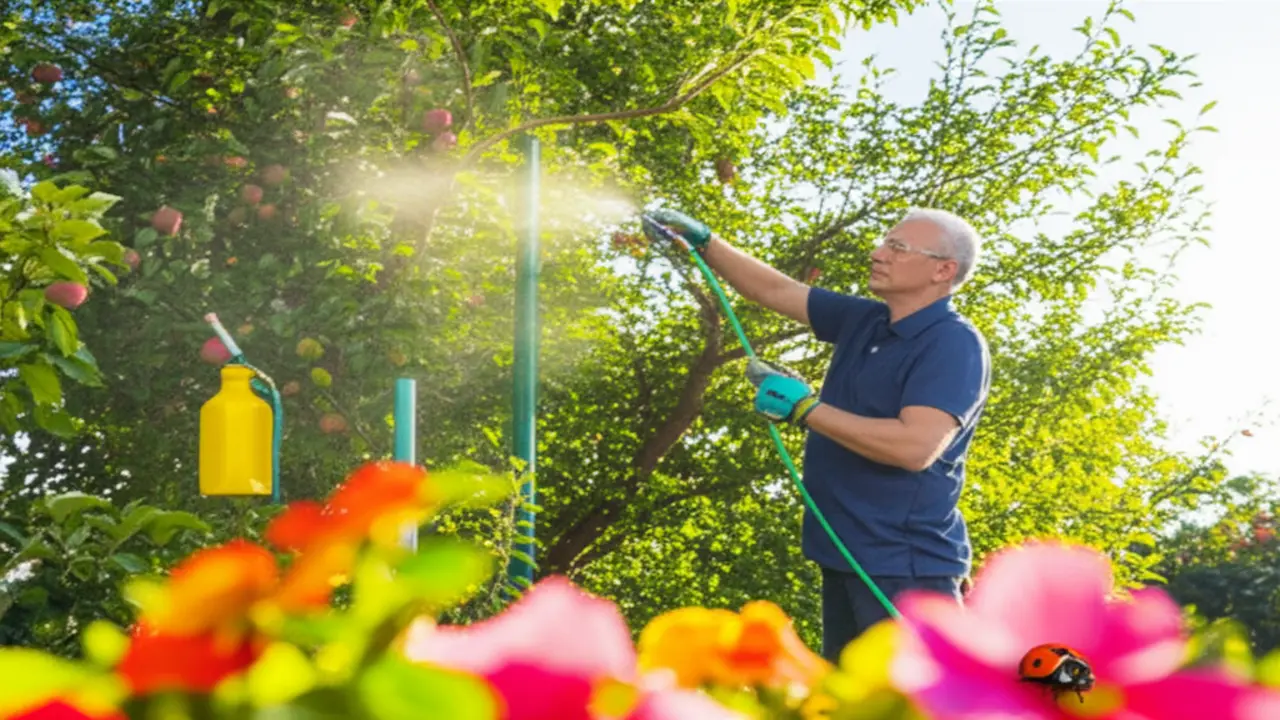
Precautions and Limitations
* Plant and Season Specificity: Always distinguish between dormant oils for hardy, leafless trees and lighter summer oils for green foliage. Sensitive plants like Japanese maples, walnuts, and certain conifers can be damaged even by correct application. Test on a small area first if unsure.
* Weather Is Key: Do not spray when temperatures are near freezing or forecast to be. Avoid windy days to prevent drift and do not apply if rain is expected within 24 hours, as it will wash the oil away.
* Chemical Compatibility: Never mix horticultural oil with sulfur-based products or apply them within two weeks of each other, as this can cause a severe phytotoxic reaction. Always check product labels before tank-mixing with other pesticides to avoid unintended chemical interactions.
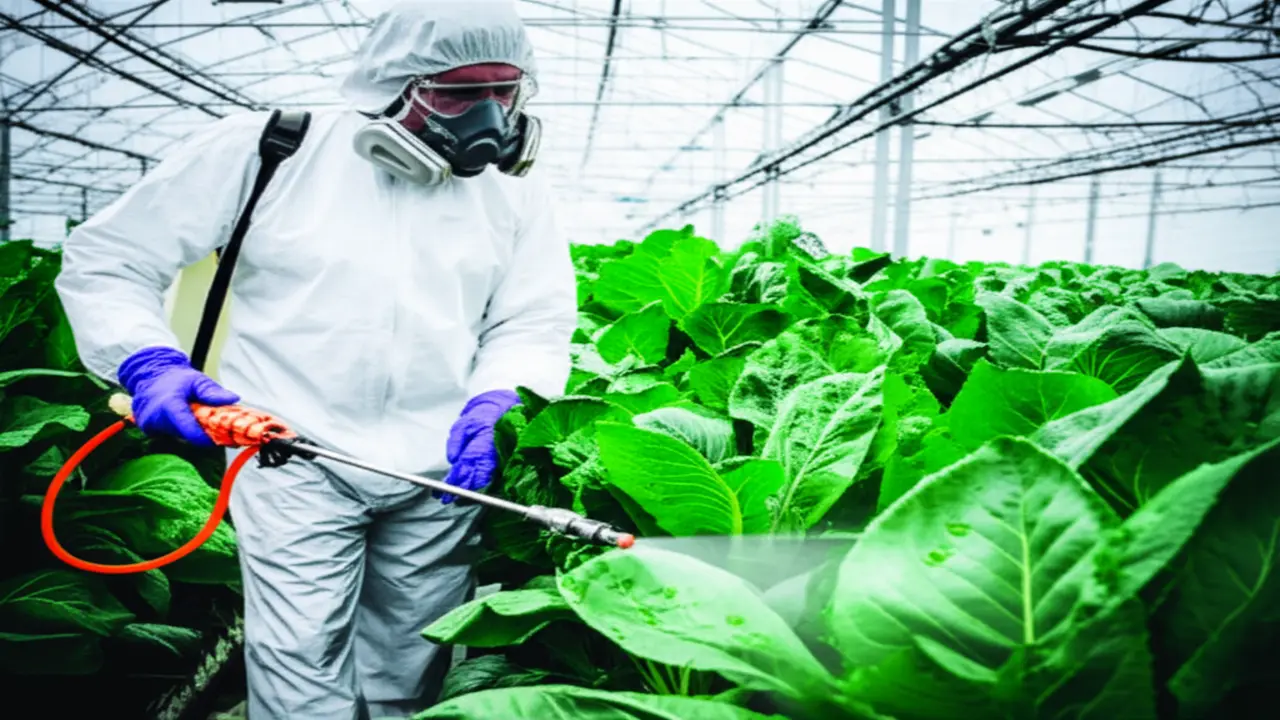
Advanced Considerations for Commercial Growers
– Calibration and Application Accuracy: Your spray equipment must be perfectly calibrated. Even minor deviations in dosage can lead to phytotoxicity, which damages plant tissues, or result in ineffective pest control. An uncalibrated sprayer might deliver a 3% solution instead of the required 2%, potentially scorching sensitive foliage, or under-apply, failing to control the target pest outbreak.
– Record Keeping and Monitoring: Systematic record-keeping is non-negotiable. Log every application, detailing the date, specific target pests like aphids or scale insects, the exact concentration used, and weather conditions such as temperature and humidity. This data is critical for analyzing outcomes and complying with agricultural standards.
– Regulatory Compliance: Always adhere strictly to the product label’s instructions and warnings. For commercial use, you must be fully aware of and compliant with all local and federal regulations governing pesticide applications to avoid legal issues and ensure safe practices.
Frequently Asked Questions (FAQs)
– Is horticultural oil effective against all garden pests?
Horticultural oil is highly effective for controlling soft-bodied pests like aphids, mites, scale insects, and mealybugs. It works by suffocating them and their eggs, not by poisoning. However, it is not a solution for larger pests like beetles or caterpillars. Its success depends on direct contact, so thorough coverage of all plant surfaces, including the undersides of leaves, is essential for effective pest management.
– How safe is it to use on vegetables and fruit trees?
Most modern, highly-refined horticultural oils are safe for use on edible plants, even up to the day of harvest. Always check the product label for the specific pre-harvest interval (PHI). Avoid applying during hot, sunny days (above 90 F or 32 C) to prevent phytotoxicity or leaf burn.
– What is the impact on beneficial insects like bees?
Horticultural oil applications can harm beneficial insects, including pollinators, on direct contact. To minimize risk, apply the oil in the very early morning or late evening when bees and other pollinators are not active. Once the spray has dried, it poses a minimal threat.
– How long does a mixed solution of horticultural oil last?
A mixed solution should be used immediately, within a few hours of preparation. Do not store it. The emulsion can break down over time, separating the oil and water. This separation not only reduces the product’s effectiveness but can also lead to applying a concentrated oil dose that could damage or burn your plants. Always mix a fresh batch for each application.

